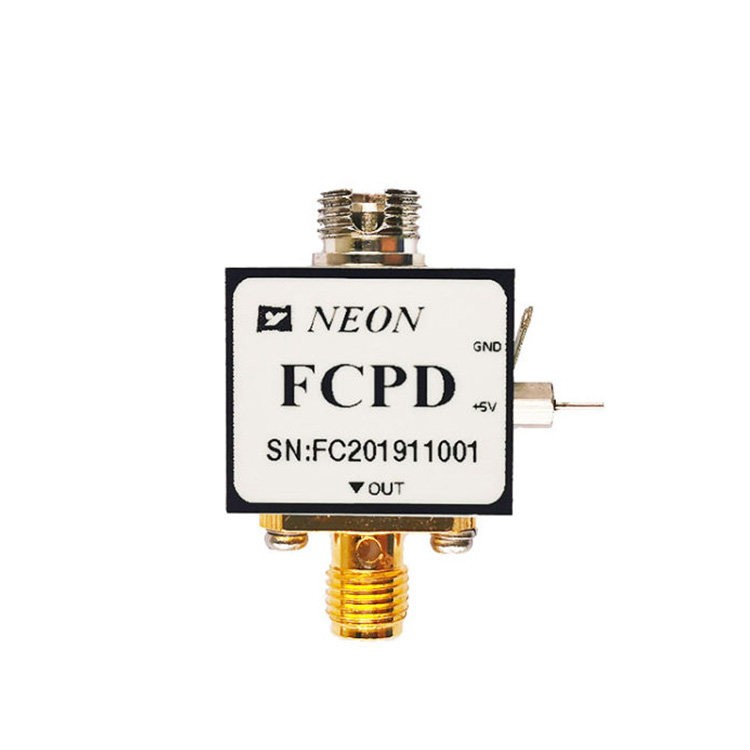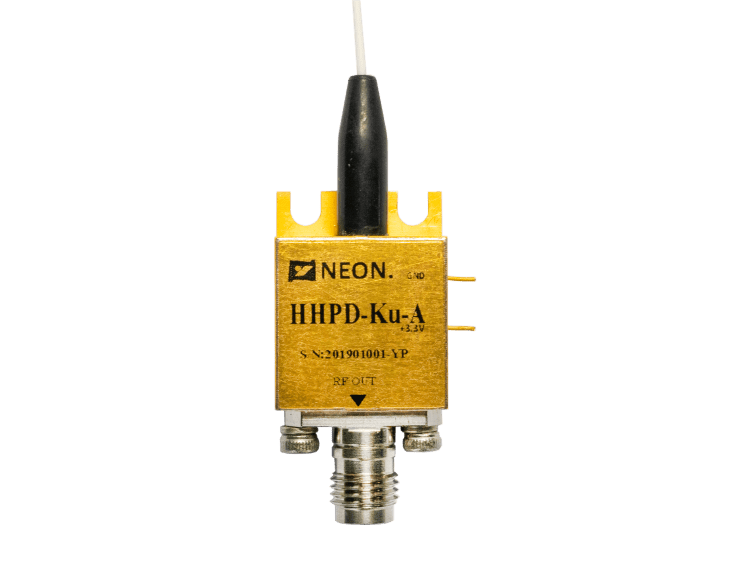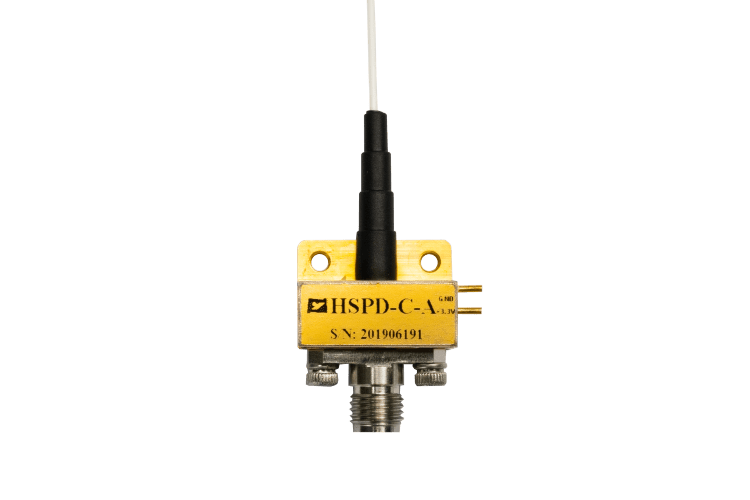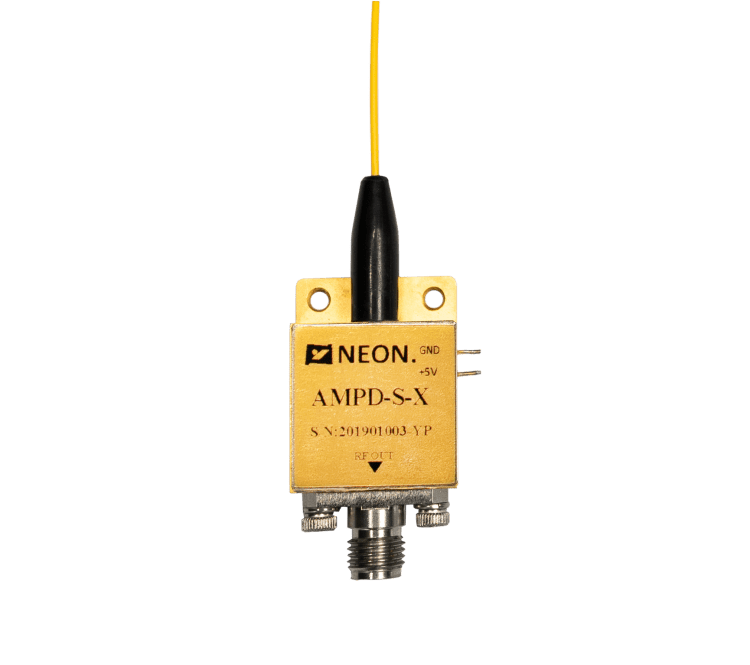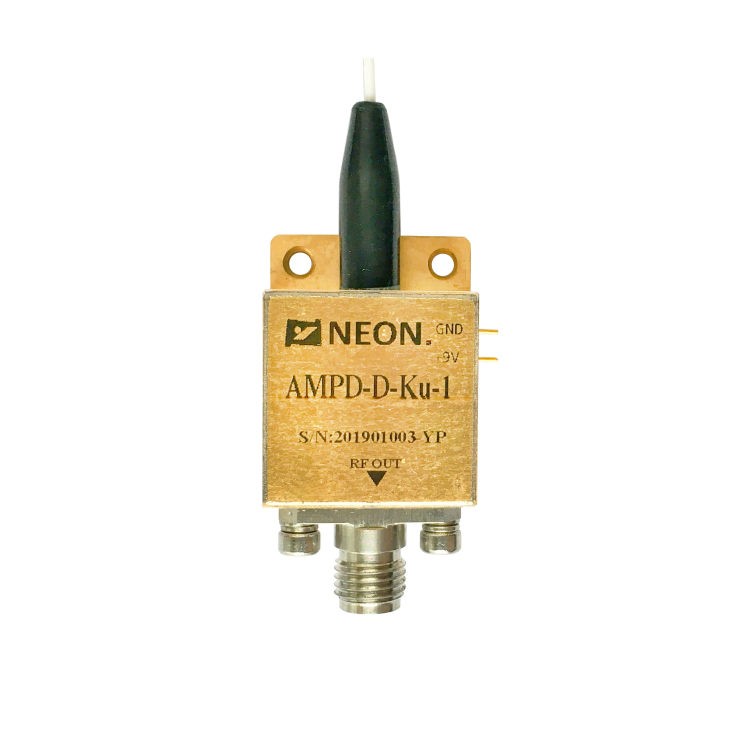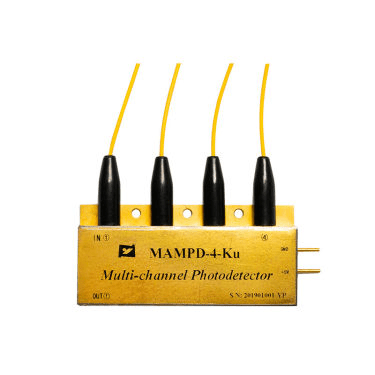Emerging Materials Used in High-Speed Photodetectors
High-speed photodetectors are the backbone of modern optical communication, radar, and laser ranging systems. These devices convert incident light into electrical signals, enabling rapid data transmission and signal processing. As the demand for higher data rates and more sophisticated applications grows, the limitations of traditional semiconductor materials, such as silicon, are becoming increasingly apparent. To address these challenges, researchers are turning to emerging materials that offer superior performance and versatility.
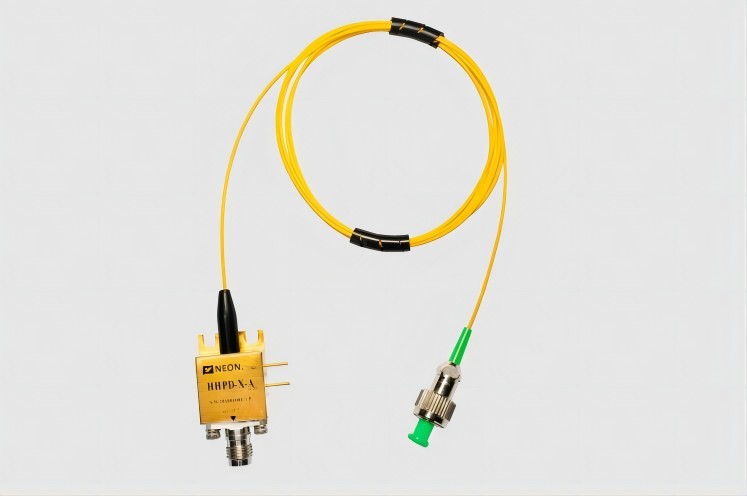
Emerging Materials for High-Speed Photodetectors
A diverse range of emerging materials is revolutionizing the field of high-speed photodetection. These materials offer unique properties that enable the development of devices with enhanced performance, such as broader spectral response, higher quantum efficiency, faster response speed, and better radiation resistance.
1. III-V Compound Semiconductors
III-V compound semiconductors, such as InGaAs and GaAs, have long been the workhorse of high-speed photodetectors. These materials exhibit excellent electronic and optical properties, making them ideal for a wide range of applications.
- InGaAs: InGaAs photodetectors are particularly well-suited for near-infrared applications, such as fiber-optic communication systems. They offer high quantum efficiency and fast response times, enabling high-speed data transmission.
- GaAs: GaAs photodetectors are known for their high electron mobility, which allows for ultrafast response times. They are widely used in high-speed optical communication systems and microwave photonics.
Two common structures for GaAs-based photodetectors are the PIN photodiode and the metal-semiconductor-metal (MSM) photodetector.
- PIN Photodiode: The PIN photodiode consists of a p-type layer, an intrinsic layer, and an n-type layer. When light is incident on the intrinsic layer, it generates electron-hole pairs, which are then separated by the built-in electric field and collected by the electrodes.
- MSM Photodetector: The MSM photodetector consists of two interdigitated metal electrodes on the surface of a semiconductor material. When light is incident on the semiconductor, it generates electron-hole pairs, which are then collected by the electrodes.
2. Organic Polymer Photodetectors
Organic polymer photodetectors offer several advantages, including low cost, flexibility, and tunable properties. By carefully designing the molecular structure of the polymer, researchers can tailor the optical and electrical properties of the material to specific applications.
- Broad Spectral Response: Organic polymers can be designed to absorb light over a wide spectral range, from the ultraviolet to the infrared.
- High Quantum Efficiency: Organic polymers can exhibit high quantum efficiency, meaning that a large fraction of incident photons are converted into electron-hole pairs.
- Fast Response Times: Organic polymer photodetectors can have fast response times, making them suitable for high-speed applications.
3. 2D Material Photodetectors
Two-dimensional (2D) materials, such as graphene, molybdenum disulfide (MoS2), and tungsten disulfide (WS2), have emerged as promising candidates for high-speed photodetection. These materials offer unique electronic and optical properties, such as high carrier mobility, strong light-matter interaction, and tunable bandgaps.
- High Sensitivity: 2D material photodetectors can exhibit high sensitivity, allowing them to detect weak light signals.
- Broad Spectral Response: 2D materials can be engineered to absorb light over a wide spectral range.
- Ultrafast Response Times: 2D material photodetectors can have ultrafast response times, making them suitable for high-speed applications.
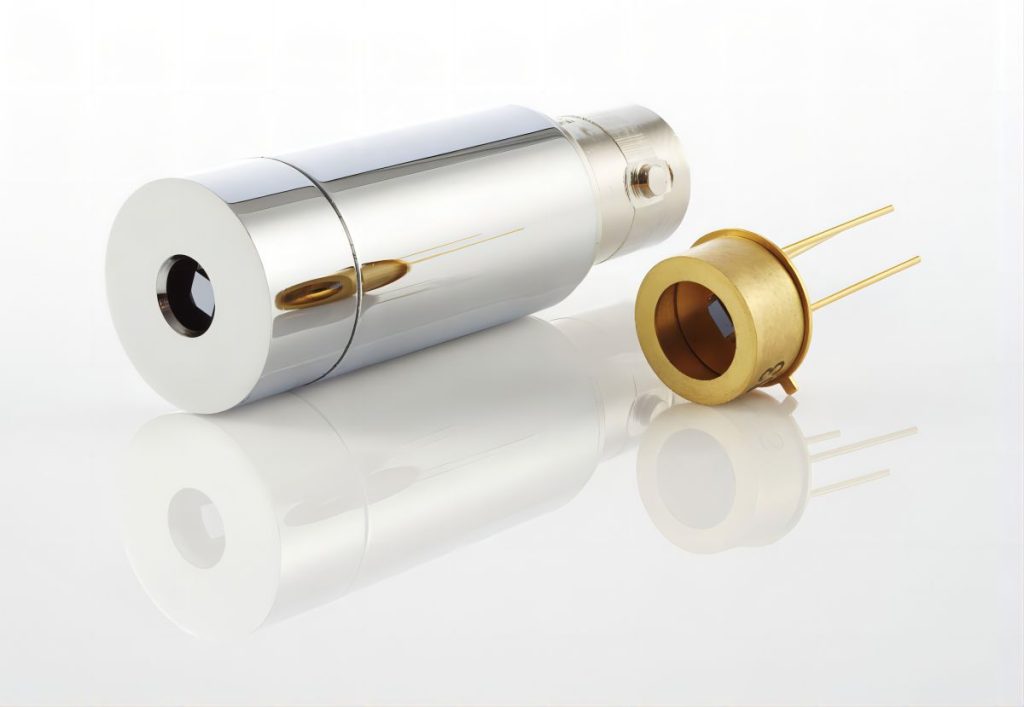
4. Oxide Semiconductor Photodetectors
Oxide semiconductor materials, such as zinc oxide (ZnO) and indium tin oxide (ITO), are attracting increasing attention due to their low cost, non-toxicity, and tunable properties. These materials can be used to fabricate high-performance photodetectors with various functionalities.
- High Sensitivity: Oxide semiconductor photodetectors can exhibit high sensitivity, particularly in the ultraviolet and visible spectral regions.
- Fast Response Times: Oxide semiconductor photodetectors can have fast response times, making them suitable for high-speed applications.
- Flexibility: Oxide semiconductor photodetectors can be fabricated on flexible substrates, enabling the development of wearable and flexible electronic devices.
5. Perovskite Photodetectors
Perovskite materials have emerged as a promising class of materials for optoelectronic applications, including photodetection. These materials offer high absorption coefficients, tunable bandgaps, and long carrier diffusion lengths.
- High Quantum Efficiency: Perovskite photodetectors can exhibit high quantum efficiency, leading to high sensitivity.
- Broad Spectral Response: Perovskite materials can be engineered to absorb light over a wide spectral range.
- Fast Response Times: Perovskite photodetectors can have fast response times, making them suitable for high-speed applications.
6. Quantum Dot Photodetectors
Quantum dot photodetectors offer several advantages, including tunable bandgaps, high quantum efficiency, and narrow spectral response. By controlling the size and composition of quantum dots, researchers can tailor the optical and electrical properties of the material to specific applications.
- High Quantum Efficiency: Quantum dot photodetectors can exhibit high quantum efficiency, leading to high sensitivity.
- Narrow Spectral Response: Quantum dot photodetectors can have a narrow spectral response, making them ideal for spectral sensing applications.
- High Detectivity: Quantum dot photodetectors can have high detectivity, allowing them to detect weak light signals.
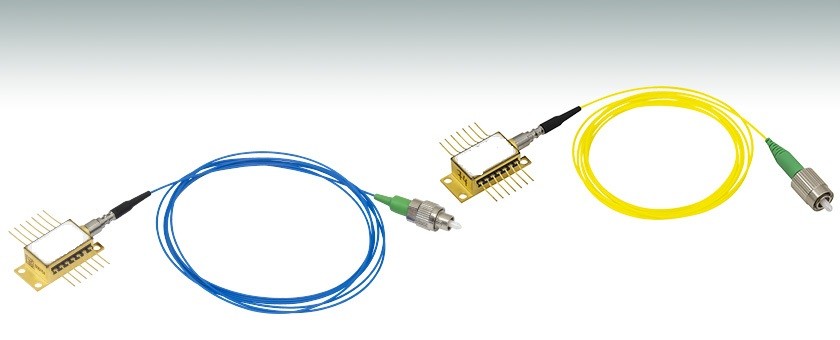
Applications of High-Speed Photodetectors
High-speed photodetectors have a wide range of applications, including:
- Optical Communication: High-speed photodetectors are essential for fiber-optic communication systems, enabling high-bandwidth data transmission.
- Radar Systems: Photodetectors are used in radar systems to detect and track objects.
- Laser Ranging: Photodetectors are used in laser ranging systems to measure distances with high precision.
- LiDAR: LiDAR systems use photodetectors to detect and measure the distance to objects.
- Medical Imaging: Photodetectors are used in medical imaging systems, such as optical coherence tomography (OCT).
- Environmental Monitoring: Photodetectors are used to monitor environmental parameters, such as air pollution and water quality.
Challenges and Future Directions
Despite significant progress in the development of high-speed photodetectors, several challenges remain:
- Material Quality: The quality of the materials used in photodetectors can significantly impact their performance.
- Device Fabrication: The fabrication of high-performance photodetectors requires advanced fabrication techniques.
- Integration with Electronics: Integrating photodetectors with electronic circuits can be challenging.
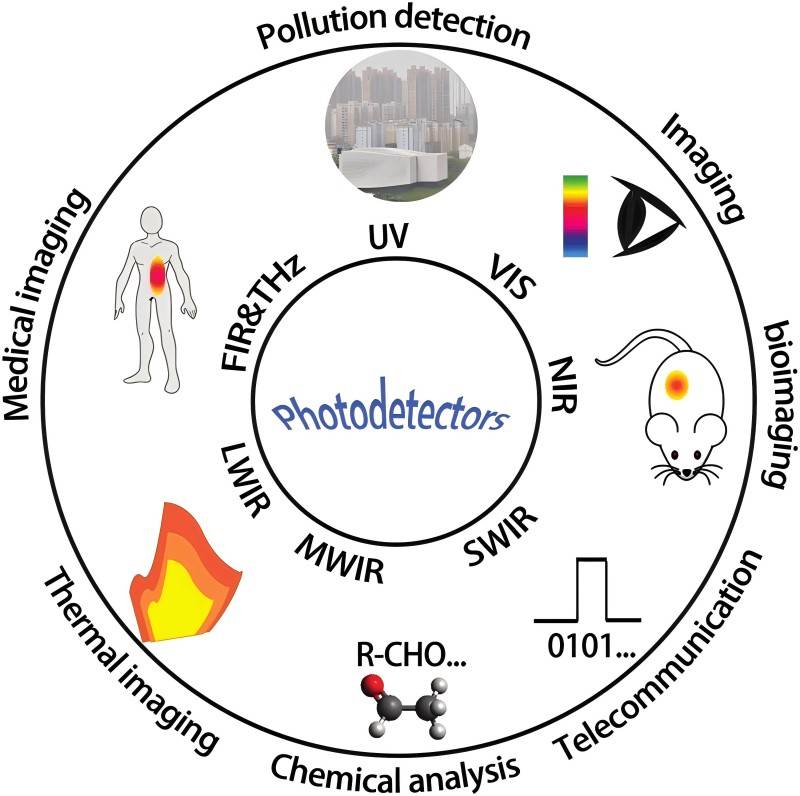
Future research efforts will focus on addressing these challenges and developing novel materials and device architectures to further improve the performance of high-speed photodetectors. By pushing the boundaries of materials science and device engineering, researchers aim to enable the next generation of high-speed optical communication systems and other advanced technologies.


